As his work matured, Fawcett continued exploring new ways of making images. He was always willing to abandon conventional wisdom and experiment with new tools and techniques in his work. he told students, "There are no hard and fast rules. The more you look for them as crutches to support you, and the harder you try to produce something which 'looks professional' because it follows some procedure which you believe is standard..."
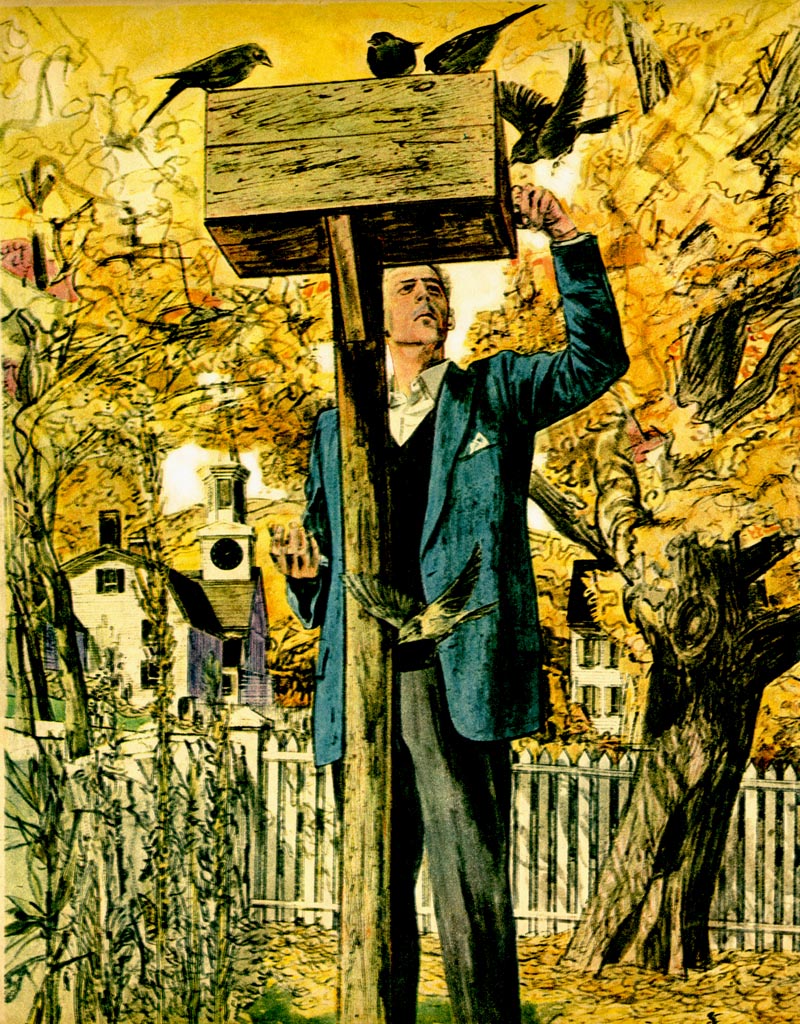
"... the more you will stifle your own creative ability."
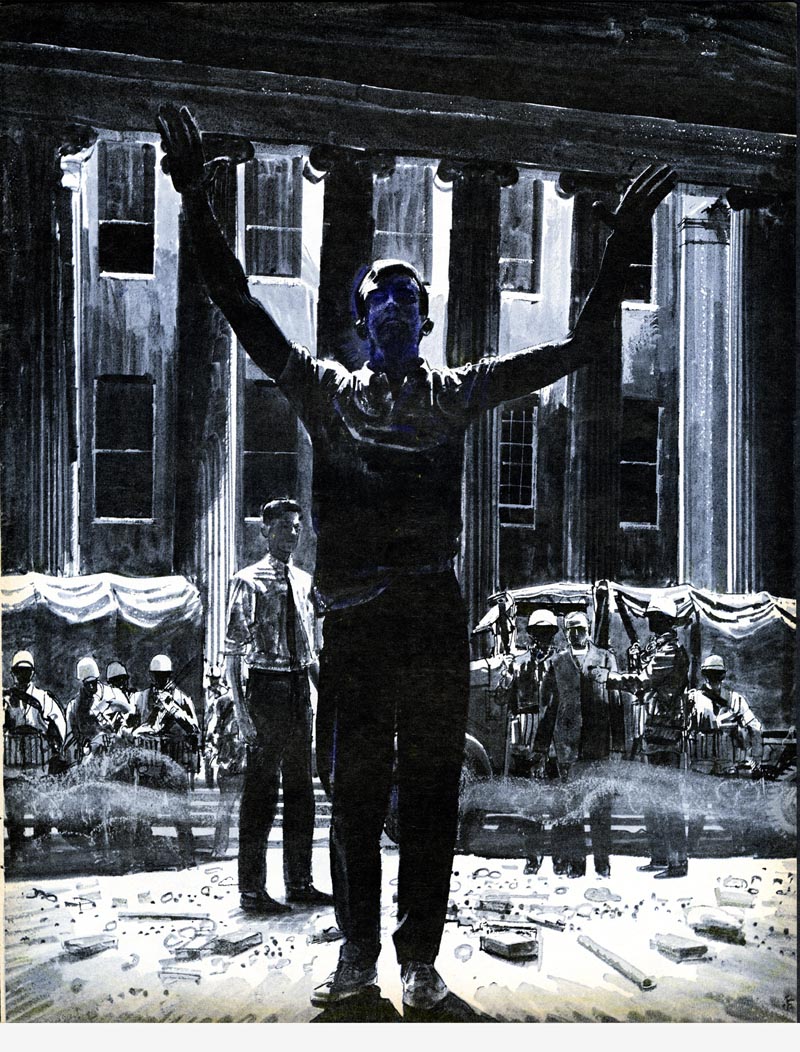
Art Director Howard Munce described Fawcett's highly unusual approach to foraging for drawing tools: "Bob had a habit of poking around the studios of his friends and finding beat-up brushes that had known better days. The owner was always amused and pleased to give them to him when he showed an interest. Back in his own studio, he'd give the tired discards a shave and a haircut with a sharp blade and refashion them to suit his needs."
"Mostly he made wedged tips of various angles to serve special functions in his illustrations. In his hands, an old brush would begin a new life. he might use it to stroke in lines, to indicate a bit of rococo moulding, or to scrumble in a particular texture. But however he used it, it would always leave his unmistakable imprint."
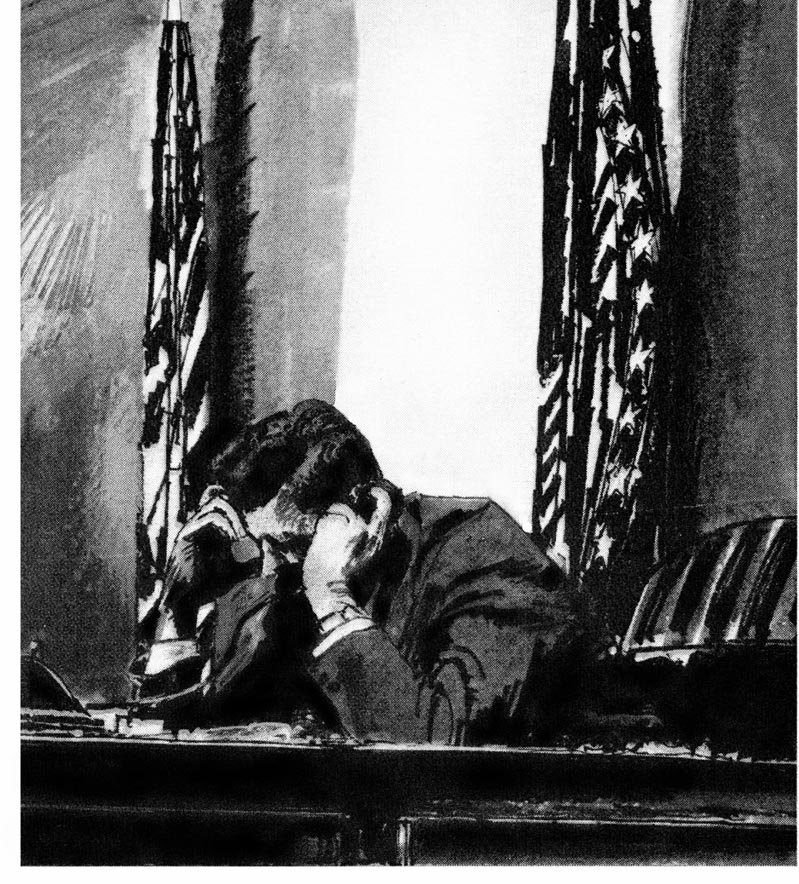
[Fawcett] urged young artists not to compromise to satisfy popular taste. "Young illustrators will not find guidance by studying the currently popular. The popular is usually just on its way out."

He also warned young artists about the consequences of failing to do their best possible work: "The argument that 'it won't be appreciated anyway' may be true... "
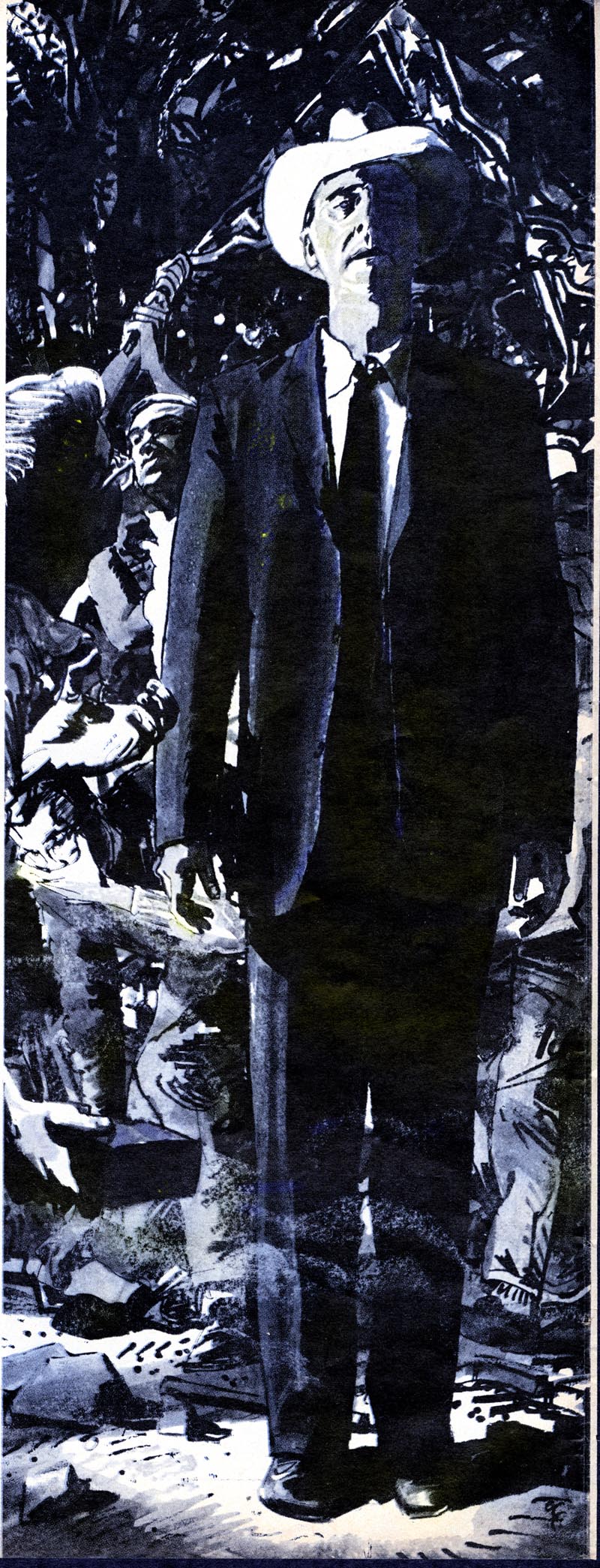
"... but in the end this attitude does infinitely more harm to the artist than to his client."
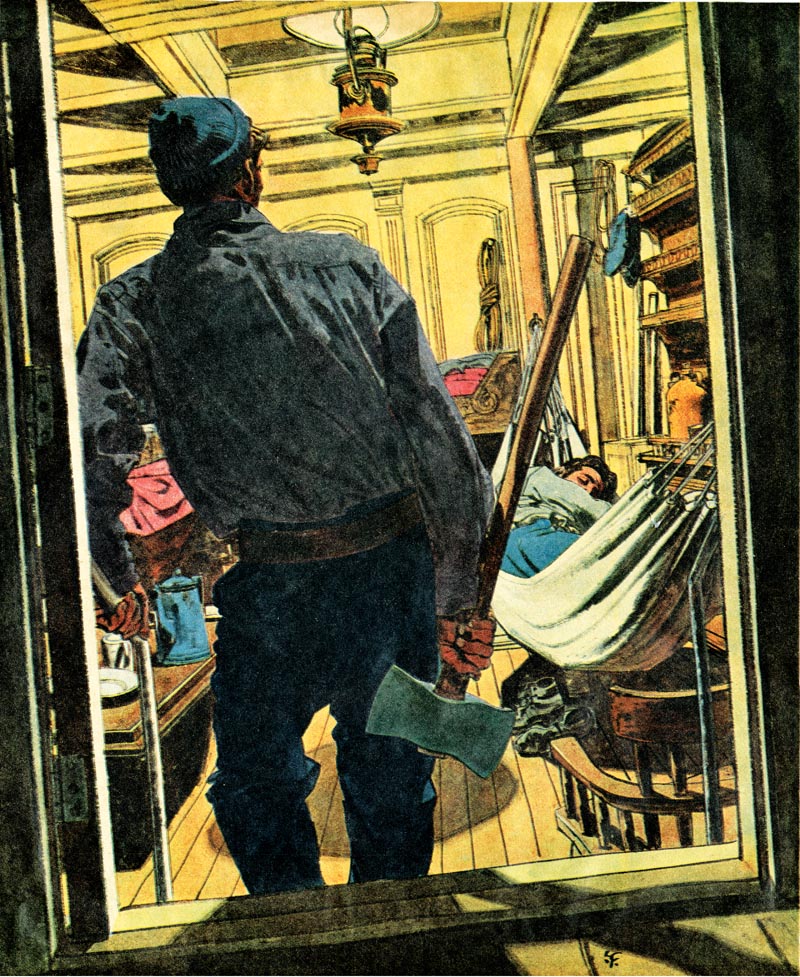
Excerpted from David Apatoff's text in the new Robert Fawcett book
And speaking of doing one's best work, here are some final thoughts from Editor/Publisher, Manuel Auad:
"Some transparencies that were taken from the originals, and I have to assume that when they were made, the colors from the illustration were already fading. I spent many hours trying to make sure I didn’t overcompensate with the colors and have them end up looking like neon signs... Since Fawcett’s colors are rather subtle and understated it made it rather difficult to try and bring it back to its original colors. In some cases I would have to scan an image from a tear sheet, and then place it over a transparency, thus, getting the best part from each. Above all, I tried to stay as faithful to what Fawcett’s illustration should be. The other ‘obstacle’ I came across was to eliminate moirés as much as possible without losing the quality of the image. At times it seemed like after solving one problem another would pop up."
"I can’t recall when I worked as hard as I did with the Fawcett book. But I enjoyed every minute of it. It was always a labor of love for me."
"The other day I received a letter from a doctor from Idaho and he wanted to know what moved me to produce this work. I said to him; I suppose I could give you several answers to your question, but in the end, it simply comes down to a dream that you carry with you for many years."
"I believe, if you dream long enough, the dream eventually happens."
The new Robert Fawcett book is available now from Auad Publishing.

RF was able to experiment because at the root of it all was rock solid draftsmanship.
ReplyDeleteI love when great illustrator's are asked about how they do their work or how to get inspired, they always seem to answer (in so many words) 'Just do it.' I think a rock hard work ethic mixed with passion and talent made drawing seem easy.
ReplyDeleteLeif, thank you for your very kind treatment of our book. It sounds like you even read it!
ReplyDeleteIt was my great privilege to witness Manuel at work on this book over two past years; he wanted to make it a book worthy of Robert Fawcett, and also worthy of the Master Sensei, Walt Reed, to whom Manuel dedicated it. That set a very high standard indeed. Manuel was wise enough and tasteful enough to recognize that standard and take it seriously. He chased individual images to the four corners of the earth, and wrestled with rapacious corporations that wanted to assert unreasonable copyright claims to ancient material. Besides, he was always very diplomatic when he told me that the photographs I had taken of originals were not up to snuff. It was great working on this project, and I appreciate your giving it so much attention.
Interesting post. I am having an argument with my fellow neighborhood committee members about a new spray painted mural that I find to be sub par on so many levels. Mostly because of poor composition. In particular the placement dead center of a tree trunk. Seriously the middle third of the piece is just a wide brown stripe. So this post has two images with figures dead center. And I'm wondering why is Fawcett doing this and getting away with it? The back ground. There's plenty going on and he can draw. But enough about my problems. Love your blog. I read it every day. Good stuff.
ReplyDeleteGreat advice. Unfortunately, after seeing the SOI students competition, it looks like almost everyone is ignoring it.
ReplyDelete